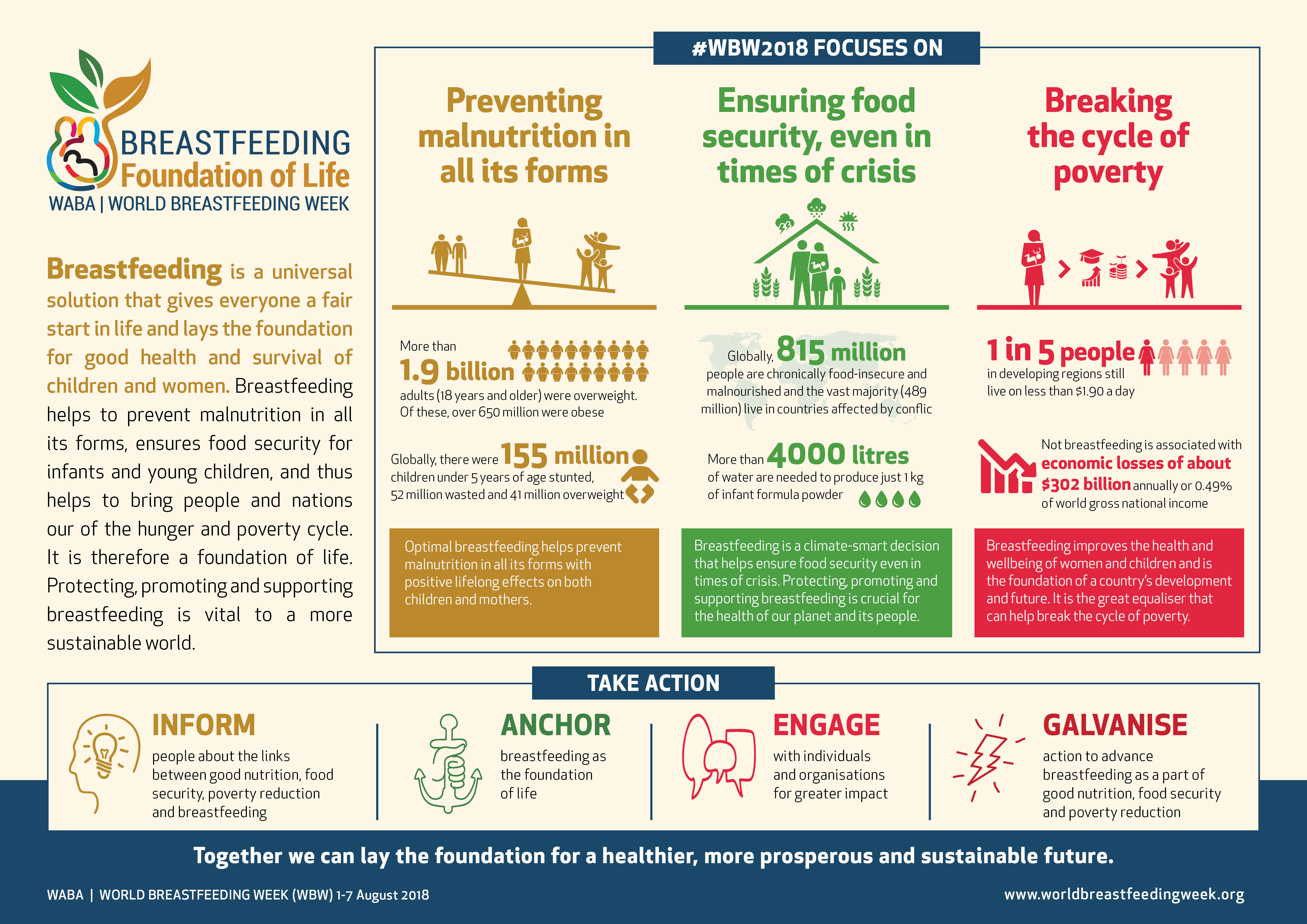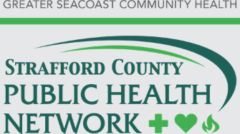The holiday season is officially under way and with that comes much entertaining, rich food and, sometimes, overeating. Everyone wants to celebrate, but moderation should be the watchword. Today, more than two thirds or 68.8 percent of Americans are overweight or obese, including 74 percent of adult men, according to the American Heart Association. One in three children is considered overweight or obese, a number that has tripled since 1971. Being overweight isn’t just about how you look or what clothes you can wear, it affects your health, your quality of life and, in fact, your life span.
Those who are overweight, and especially those classified as obese, are at risk for heart disease, diabetes, hypertension, asthma, GERD and sleep apnea. Let’s talk about these risks and what you can do to achieve and maintain a healthy weight.
How does being overweight affect my heart? Each extra pound forces your heart to do more work even when accomplishing basic tasks such as getting up, walking or climbing stairs. When you think of this extra load weighing on your heart day after day, year after year, you can see how it can take a toll. Many people who are overweight also have high cholesterol. Sometimes this is because of the foods that they eat, other times it can be genetic. When you have high cholesterol, you have fatty deposits within your arteries. If these deposits become thick enough, they can greatly narrow your arteries, thus making it difficult for blood to flow. In some cases, the cholesterol builds up to the extent that arteries become blocked, which can lead to a heart attack or stroke.
When your body is carrying extra weight, the strain can elevate your blood pressure. Elevated blood pressure is called hypertension. If your blood pressure gets too high, and is left untreated, it can lead to heart attack or stroke.
Those who are obese are also at risk of developing metabolic syndrome. Metabolic syndrome is not a disease but a cluster of symptoms that greatly increases your risk of heart disease, stroke and diabetes. These include having high blood pressure, having high blood sugar, having high cholesterol, and having excessive weight around your abdomen. It is estimated that one in six Americans (47 million) have metabolic syndrome.
As you can see, being overweight affects your heart in multiple ways, and it is often this combination that leads to heart disease or an early death.
How does being overweight lead to diabetes? Being obese almost by default causes insulin resistance, which can eventually lead to Type II diabetes. Diabetes, combined with the health issues already facing someone who is significantly overweight, greatly elevates your risk for heart disease.
How does being overweight lead to asthma? According to the American Thoracic Society, recent studies have shown that obese children and teenagers were twice as likely to have asthma as those with a healthy body weight. Other studies have shown that it is more difficult to manage asthma in the obese. In fact, one study showed that obese adults with asthma are almost five times more likely than non-obese asthmatics to be hospitalized because of breathing issues. Studies of mice have shown that obese mice react more strongly to allergen and pollution triggers in terms of constricted airways. I was involved in research in the University of New Hampshire with Dr. Anthony Tagliaferro, a professor of nutrition in its Department of Molecular, Cellular and Biomedical Sciences. Our study, which was conducted with women only, clearly demonstrated the ties between inflammation, obesity and asthma. We were trying to determine whether insulin resistance was the trigger that led obese people to develop asthma. At this time, this has not yet been proven, but our research pioneered that of others in showing that there is definite connection between obesity and asthma.
Obesity plays a role in part because asthma is a disease of inflammation — specifically, inflammation of the lungs. Those who are obese seem to suffer from a chronic, low-grade inflammation throughout their body, which makes them more prone to developing asthma. In addition, the lungs of obese people are under-expanded so they are forced to take smaller breaths. This forces their airways to become more narrow and more prone to irritation, which makes them susceptible to asthma.
The facts are that asthma in obese individuals is more severe, does not respond as well to treatment, and is becoming a major public health issue.
How does being overweight lead to GERD? Gastroesophageal reflux disease or GERD is a chronic digestive disease. It occurs when stomach acid or, occasionally, stomach content, flows back into your food pipe or esophagus. The backwash of this acid, or reflux, irritates the lining of your esophagus and causes GERD. Both acid reflux and heartburn are common digestive conditions that many people experience on occasion. However, when these symptoms are experienced at least twice each week or interfere with daily life, or if your doctor can see damage to your esophagus, then you may have GERD. Left untreated, GERD can lead to serious lung disease, including interstitial pulmonary fibrosis; the backwash of stomach acid can also get into the lungs, causing chronic irritation. (See Dr. Windt’s October 2016 column on pulmonary fibrosis for details.)
In 2006, the New England Journal of Medicine published a study that noted that even small changes in weight in a normal-weight person can trigger the onset of GERD or increase the severity if you already have acid reflux. The study outlined a clear correlation between an individual’s body mass index (BMI) and the presence of GERD symptoms. Investigators found that people who were overweight (as defined by a body mass index of 25 to 30), were almost twice as likely to develop acid reflux as those of normal weight, and people who were obese (a BMI greater than 30) had nearly triple the risk of GERD symptoms such as heartburn, acid regurgitation, chest pain, and difficulty swallowing. Even more surprising was the fact that small gains in body weight in a person of normal weight (BMI of 21 to 25) also increased the likelihood of developing GERD.
Why does this happen? Abdominal obesity seems to be the culprit. Too much fat in the abdomen compresses the stomach, increasing its internal pressure and triggering acid reflux. In addition, overweight people tend to eat fatty foods, which in turn causes more episodes of heartburn.
How does being overweight lead to obstructive sleep apnea? Obstructive sleep apnea is a common and serious disorder in which breathing repeatedly stops for 10 seconds or more during sleep. The disorder results in decreased oxygen in the blood and can briefly awaken sleepers throughout the night. Besides repeated awakening during the night, symptoms include daytime sleepiness and loud snoring when asleep. Sleep apnea has many different possible causes, but in adults, one of the most common causes is excess weight. This is because the excess weight affects the soft tissue of the mouth and throat. During sleep, when throat and tongue muscles are more relaxed, this soft tissue can cause the sleeper’s airway to become blocked. Left untreated, obstructive sleep apnea can lead to serious complications, including cardiovascular disease, accidents and premature death.
What can be done? The good news, for all of these conditions, is that better health and better quality of life are achievable by losing weight. Often, even a small weight loss can have a big impact in terms of improvement. For example, with GERD, if you lose just 10 percent of your weight — a relatively reasonable goal — you can significantly ease your GERD symptoms or reduce the frequency of symptoms. There are no similar “magic” weight-loss numbers for asthma, diabetes, COPD or heart disease, but losing weight will improve those conditions, sometimes dramatically.
Dr. Mark Windt is an allergist, immunologist and pulmonologist who has been treating allergies, including food allergies, and respiratory illnesses, for more than 30 years. He is the medical director for the Center for Asthma, Allergy and Respiratory Disease in North Hampton, a facility he started in 1985. Dr. Windt is also an adjunct professor at the University of New Hampshire and founder of the Probiotic Cheese Company (www.theprobioticcheesecompany.com). For information, visit www.caard.com or call 964-3392.



